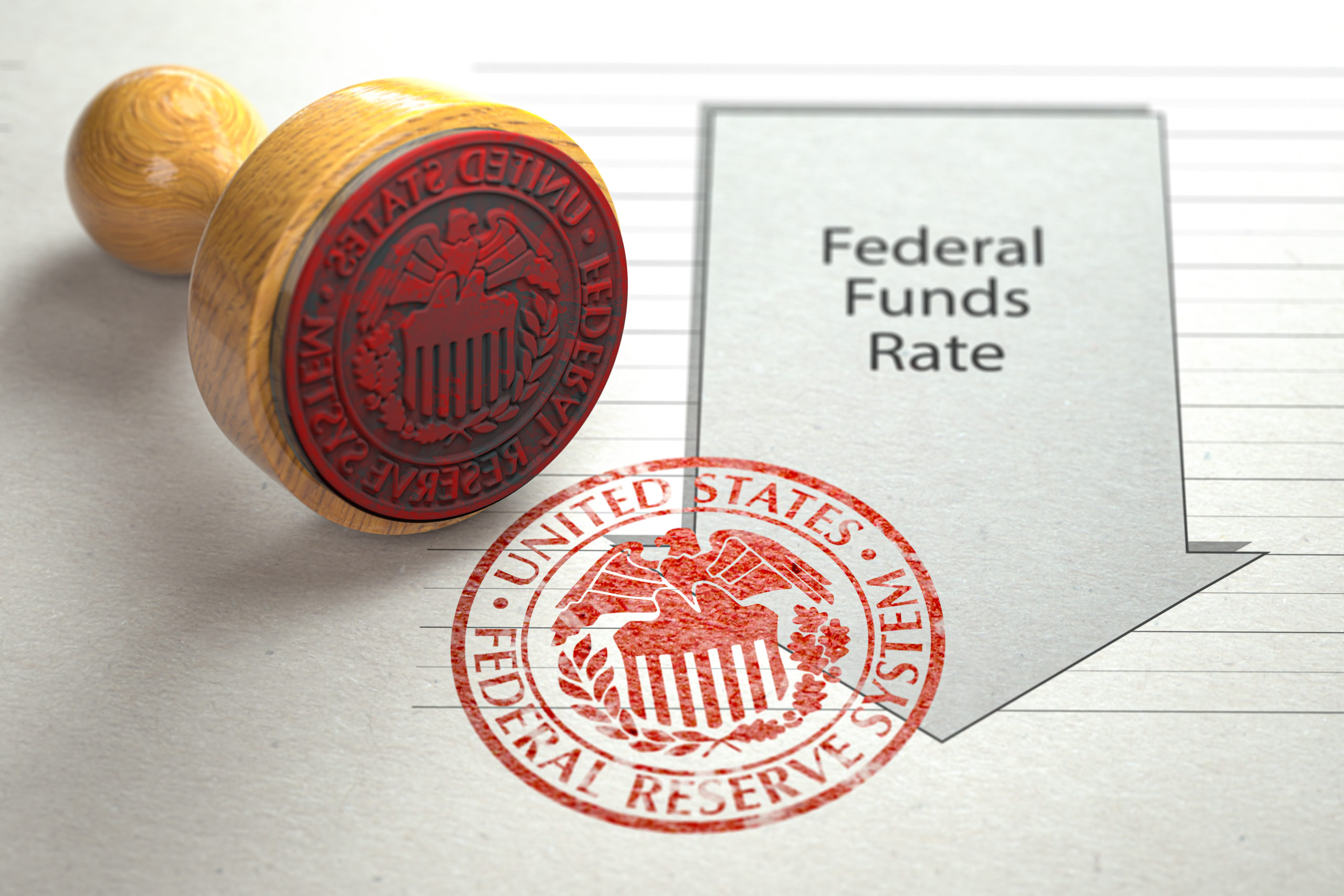
Most of the developed world has been in a low, or for that matter near 0% interest rate environment since the financial crisis back in 2008-09. For all intents and purposes however rates themselves have been generally-speaking falling since the early 1980s. Today we will take a quick look at the advantages and disadvantages of lower rates, how rates effect asset pricing and consumerism and what tools the federal government has to influence monetary policy.
First and foremost, we need to define low interest rates. In an attempt not to take too deep a dive we will simply say that when our central bank, known as the Federal Reserve, sets rates lower than the ‘risk-free rate’, most often the rate associated with the 3-month US Treasury bill, we find ourselves in a low interest rate environment.
We then ask what are the advantages of a low interest rate environment and why would the Federal Reserve take this approach? The bottom-line answer is to stimulate economic growth and to combat prolonged periods of time when the economy is underperforming. It goes without saying the financial crisis and COVID-19 pandemic both presented themselves as challenges to economic growth. In a low interest rate environment both businesses and consumers can finance capital at more favorable rates to purchase goods and services, launch research and development projects, hire new employees and in terms of the consumer load up on durable goods (homes, cars, washer and dryers and so forth). These activities tend to benefit borrowers and spenders more so than lenders and savers albeit not without risks. As the money supply grows with the broader economy the fear of inflation, or too many dollars chasing too few goods, becomes a threat to the very growth a low interest environment is meant to provide.
Which takes us to the disadvantages of prolonged periods of low interest rates. We covered inflation above, a threat that is very real and one we are hearing a lot about as recently as February of this year. Equally as important is the reduction or loss of income on interest rate sensitive investments and savings. Just look at your most recent savings account statement. Or, in terms of fixed-income securities, a loss of principle unless held to maturity. The silver lining here is that apart from the financial sector, prolonged periods in a low interest rate environment tend to benefit stocks. This is primarily a result of businesses lowering their cost of capital and the redeployment of that capital in hopes of increasing profitability.
And finally what tools does the Federal Reserve have to influence interest rates? The easy answer is three-fold. First, the Federal Reserve sets the benchmark Federal Funds rate at which banks can borrow to and from one and other. As well as the Discount rate at which banks can borrow from the Federal Reserve itself. These key interest rates have a ripple effect through the economy and are very influential in determining what businesses and consumers will ultimately pay for capital. The third is the process of the Federal Reserve purchasing fixed-income securities know as Quantitative Easing (QE). This form of monetary policy is meant to flood the market with capital and to suppress interest rates simultaneously. Interest rates and fixed-income securities of course have an inverse relationship, and the Federal Reserve’s policy on setting rates only goes so far.
We are happy to discuss what effect this has on you, your household, your investments, and your long-term financial plan at any time.
